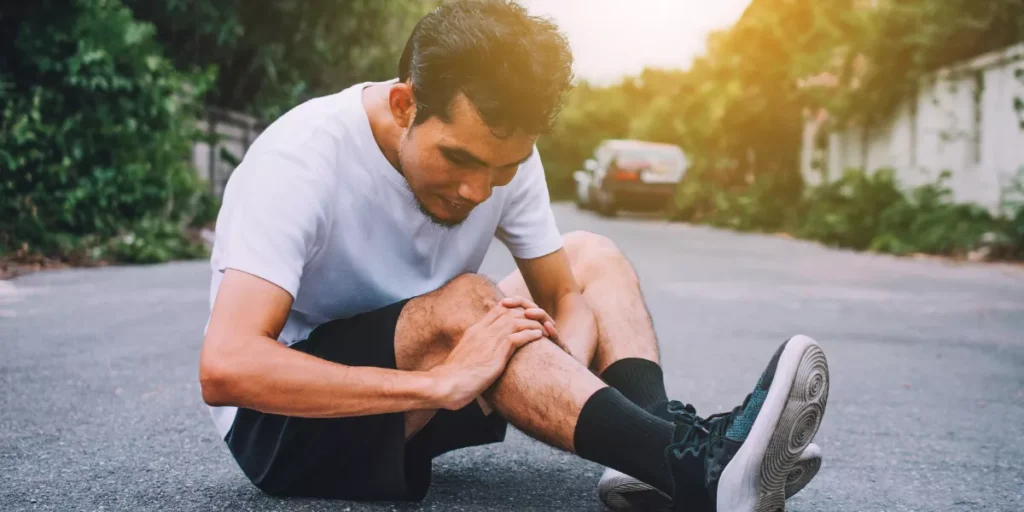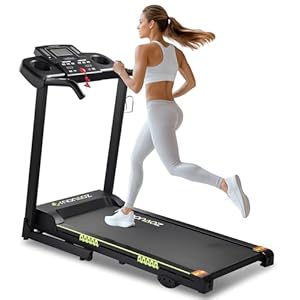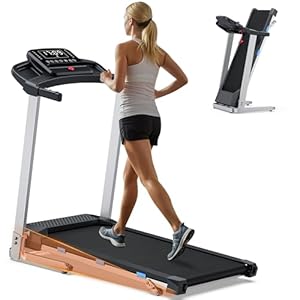
When you hit the pavement or trail, feeling that twinge in your knee can be a real setback. But why does it happen? It’s not just about the running itself; there are underlying factors that could be causing that discomfort. So, before you lace up your shoes for your next jog, let’s explore the possible reasons behind your knee pain and how you can address it effectively.
Common Causes of Knee Pain
If your knee hurts when you run, common causes may include overuse, muscle imbalances, or improper running form. Overuse occurs when you increase your running intensity or distance too quickly, putting excess stress on your knee joints. It’s essential to gradually build up your running routine to prevent overuse injuries.
Muscle imbalances, where certain muscles are stronger or weaker than others, can also lead to knee pain. Strengthening and stretching exercises can help correct these imbalances and reduce the strain on your knees.
Improper running form, such as landing heavily on your heels or overstriding, can also contribute to knee pain. Focus on maintaining a proper posture, landing softly on your midfoot, and keeping your strides short and quick to alleviate stress on your knees.
Impact of Improper Footwear
Improper footwear can significantly impact your running experience, potentially exacerbating knee pain caused by overuse, muscle imbalances, or improper form. When you wear shoes that don’t provide adequate support or cushioning, the impact of each stride can be transmitted directly to your knees, leading to discomfort and potential injury. Running in shoes that are worn out or not designed for your specific foot type can also alter your gait mechanics, putting additional stress on your knee joints.
Furthermore, improper footwear can contribute to poor running biomechanics, such as overpronation or supination, which can further strain the muscles and ligaments surrounding the knee. This misalignment can create an uneven distribution of forces, causing pain and inflammation in the knees over time. To prevent these issues, it’s crucial to invest in properly fitting running shoes that offer the right amount of support, cushioning, and stability for your unique foot structure and running style. Your knees will thank you for it in the long run.
Role of Muscle Imbalances
Muscle imbalances can significantly impact your running performance and contribute to knee pain when not addressed effectively. When certain muscles are stronger or weaker than their corresponding muscles, it can lead to poor alignment and tracking of the knee joint during running. For example, if your quadriceps are much stronger than your hamstrings, it can pull the knee cap to one side, causing uneven wear and tear on the joint. Similarly, weak hip abductor muscles can result in poor stability and increased stress on the knees while running.
Additionally, muscle imbalances can alter your running biomechanics, leading to compensatory movements that put excessive strain on the knee joint. This can result in conditions like patellofemoral pain syndrome or iliotibial band syndrome. To address muscle imbalances, it’s essential to include strength training exercises that target the weaker muscle groups to restore balance and improve overall running efficiency. Strengthening exercises for the core, hips, and lower body can help prevent muscle imbalances and reduce the risk of knee pain while running.
Managing Runner’s Knee and Tendonitis
Addressing muscle imbalances can play a key role in managing Runner’s Knee and Tendonitis effectively. When dealing with these conditions, it’s crucial to focus on strengthening the muscles around the knee, particularly the quadriceps, hamstrings, and calves. By doing targeted exercises that improve muscle balance and stability, you can alleviate the strain on your knee joint and reduce the risk of further injury.
In addition to addressing muscle imbalances, it’s essential to listen to your body and give it the rest it needs. Overtraining or pushing through the pain can exacerbate Runner’s Knee and Tendonitis. Incorporating proper rest days into your training routine allows your body to recover and repair itself, preventing the conditions from worsening.
Furthermore, paying attention to your running form and making necessary adjustments can also help manage Runner’s Knee and Tendonitis. Consulting a physical therapist or a running coach may provide valuable insights into correcting your form and reducing the strain on your knees while running. Remember, taking proactive steps to address muscle imbalances, rest adequately, and fine-tune your running technique can go a long way in managing Runner’s Knee and Tendonitis effectively.
Running














